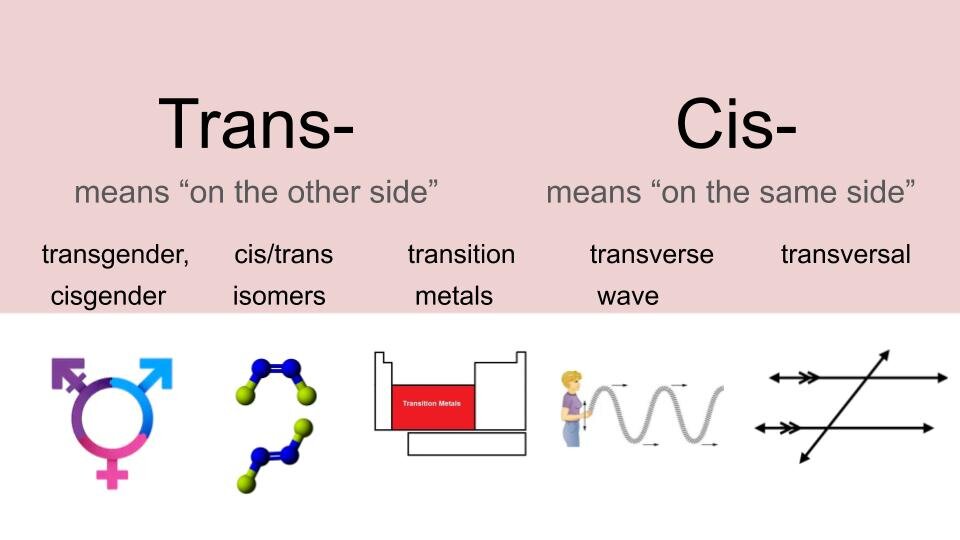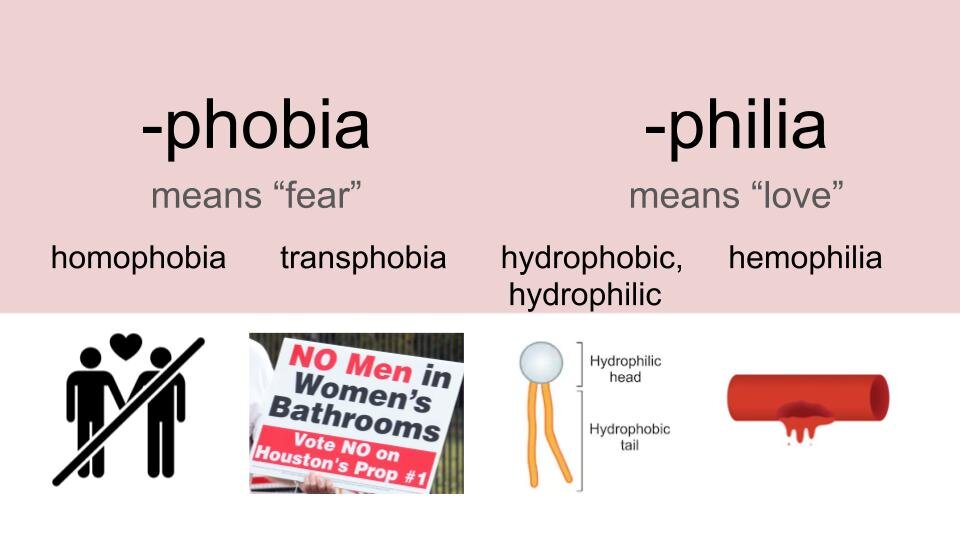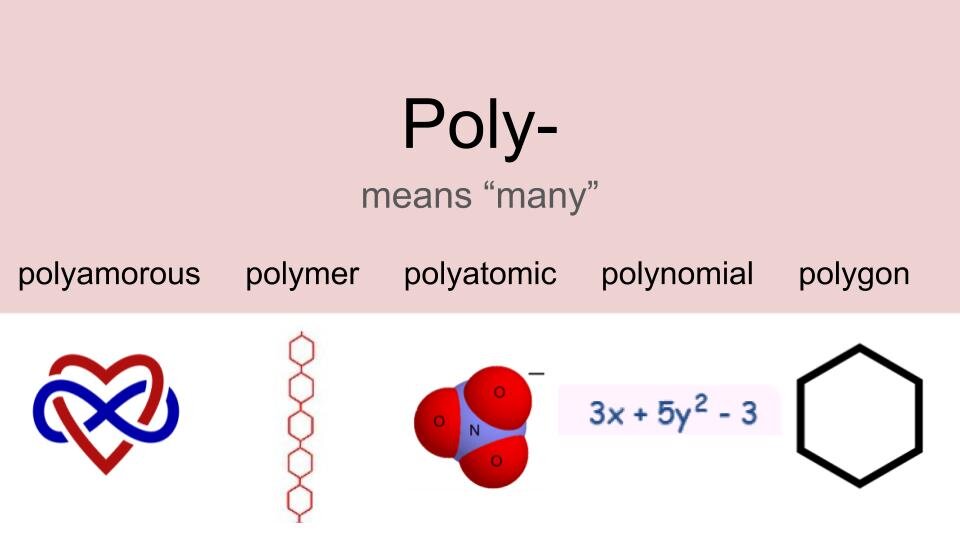This TED-Ed video by Robin Ball comes with a small set of questions to be used in a lesson. The gendered language and visuals used in the video are more nuanced than most.
Video: There Are More Than Two Human Sexes
This SciShow video summarizes the complexity of human sex determination, which often wrongly thought to be binary. Mosaicism, chimerism, and intersex traits and nonconsensual surgeries are mentioned.
Video: The Crocodile's Unusual Sex-Determination System Explained
This video from Facts in Motion illustrates how the sex of crocodiles is determined by environment and not genetics. The sex ratio of developing crocodile eggs is shown to be a function of temperature, thought to be mediated by a thermosensor protein. Climate change may impact or even cause the extinction of crocodile populations.
This sex-determination system is not so “unusual” because it occurs in other reptiles and fish species. But it is certainly interesting and gathering attention. The College Board’s 2018 AP Biology exam had a free response question about temperature-dependent sex determination in fish.
Irresponsible scientific research and media portrayals are hurting trans people. Do better.
In this article in Massive Science, neuroscientist Elysa Carr calls for authors to avoid essentialist biases and treat all identities, non-binary, gender nonconforming, trans, or cis, as equally valid. Carr advises scientists to consider how research on the genetics of human behavior can impact marginalized communities when the research is misinterpreted or abused.
Are the Brains of Transgender People Different from Those of Cisgender People?
In this article in The Scientist, Shawna Williams reviews current research on how brain structures may be linked to gender identity.
[HS and College] Inclusive and Accurate Approaches for Teaching Sex and Gender in Biology
Image of a presentation slide with the rainbow-colored Project Biodiversify logo containing an atom, a DNA double helix, a single-celled organism, a plant, and a winged insect. Title reads “ESA 2018 WK 44: Inclusive and Accurate Approaches for Teaching Sex and Gender in Biology.” The bottom of the image lists three presenter names: Alex Webster - she/her/hers - @alxweb, Ash Zemenick - they/them/theirs - @mtn_ash, and Sarah Jones - she/her/hers - @joness943.
Project Biodiversify team members Alex Webster, Ash Zemenick, and Sarah Jones presented this workshop at the 2018 Annual Meeting for the Ecological Society of America (ESA). The slides contain comprehensive information about the benefits of teaching inclusive biology, and how to adapt existing curricula using an iterative process. Extensive examples are given for sexual reproduction, sex determination, and sexual selection.
LGBT high school seniors were more likely to be interested in studying STEM [...] in college if their relevant high school classes had included positive LGBT content." (GLSEN, 2013)
Image shows the silhouette of a study opening a locker in a school hallway.
The 2013 GLSEN National School Climate Survey is the most recent GLSEN survey to report a correlation between LGBT-inclusive science teaching and students' interest in studying STEM.
“LGBT high school seniors were more likely to be interested in studying STEM (Science, Technology, Engineering, or Math) or Social Science in college if their relevant high school classes had included positive LGBT content (35.8% vs. 18.5% for STEM majors; 29.0 vs. 19.7% for Social Science majors).”
The Effects of Gender Neuroessentialism on Transprejudice: An Experimental Study
This research by Boby Ho-Hong Ching and Jason Teng Xu suggests that biology teaching may have the power to reduce transphobic attitudes in students. In the experiment, students read one of two articles - one claimed that sex differences in personality and social behavior are caused by neurological factors, and the other claimed that brain and environment interact to shape personality and behavior. Students who read the first article were less likely to support equal rights and anti-discrimination protections for transgender people.
Article uploaded with permission from Boby Ho-Hong Ching.
Activity: Sex Verification of Athletes
Drawing of Indian professional sprinter Dutee Chand running a race.
In this web activity by HHMI BioInteractive, students integrate knowledge from several areas of genetics to understand the history and the science behind sex verification of athletes.
The key concepts covered in the activity are:
Information stored in DNA is expressed as RNA and proteins, which impact anatomical structures and physiology.
Many gene products determine the development of biological sex characteristics in humans.
Like many traits, biological sex consists of a spectrum of phenotypes.
Scientific knowledge (e.g., knowledge about which genes and other factors contribute to a person's traits) can inform societal practices (e.g., what types of tests can be used to define an individual's biological sex), although ultimately implementing those practices reflects our values as a society.
The lab techniques covered in the activity are:
Physical examination
Barr body staining
PCR and gel electrophoresis of SRY gene
Serum testosterone measurement
6 Ways I Make My Science Class LGBTQ-Inclusive as a Trans Teacher
In this article for GLSEN, Lewis Maday-Travis offers six high-impact ways to include LGBTQ students in science class.
LGBTQ inclusion in Educator preparation: getting ready for gender and sexual diversity in secondary school settings
In this Ph.D. dissertation, M. H. Hoelscher, discusses findings on possibilities for LGBTQ inclusion in life science educator preparation programs. Hoelscher suggests ways to integrate LGBTQ topics in many areas of biology curriculum, and reports on a multiple-case study of how science teacher candidates adopt LGBTQ inclusion.
The Egg and the Sperm: How Science Has Constructed a Romance Based on Stereotypical Male-Female Roles
The false romance of egg and sperm
In this article, anthropologist Emily Martin analyzes the metaphors that are used to teach reproduction and makes the claim that these metaphors reflect the socially constructed definitions of male and female.
Martin highlights modern research that dispels stereotypes of the sperm as being more aggressive, remarkable, and valuable than the egg. She advises scientists and educators to be aware of biases in the metaphors we use to describe human sex cells.
LGBTQIA Science/STEM Etymology
This is a partial list of root words that occur in both LGBTQIA issues and STEM content. Each root word has its own poster. This is a tool to help teachers integrate gender-inclusive themes into their teaching.
You might ask students to speculate on the meaning of a new science word like “homozygous” based on the meaning of the familiar word “homosexual”. Or you might have students write formal definitions of “transgender” and “cisgender” to apply their vocabulary after a lesson on cis- and trans-isomers. By taking a quick moment to make the connection, you can improve student literacy and affirm diverse identities in your classroom.
Diversity Is What Makes It Interesting To Study Living Things - in Rethinking Schools
Diversity Is What Makes It Interesting To Study Living Things
In this article from Rethinking Schools, I recount a few instances of gender-inclusive teaching in my genetics unit, and how students responded.
Caption: An illustration of a man with dark hair standing in front of a classroom of students. In the foreground, a student with dark skin and hair with purple streaks in it is sitting and raising a hand. The speech bubble rising shows two conjoined circles filled with a rainbow spectrum. The speech bubble rising from the man shows a black circle separated by a slash from a white circle, followed by a question mark.
Activity: Nondisjunction and Intersex Traits
Description
In this activity, students pick up the nuts and bolts of nondisjunction by playing the Meiosis Game created by Sara Freeman and Matt Gilbert. Students simulate two scenarios of nondisjunction and record information about the intersex traits that arise. Students learn that while 46,XX and 46,XY are the most common human karyotypes, there are many other viable and naturally occurring variations. Then students evaluate the merits and limitations of the model.
Student Work Samples
Student Worksheet
Teacher Moves: "But what do I say?" Responses to Gender Questions
Check out this selection of teacher responses to possible put-downs or questions about gender. The main rule of thumb is to be affirming and respectful of a preference or viewpoint while maintaining a safe space for emotional and intellectual challenge. Easy, right? /sarcasm
Link: http://www.welcomingschools.org/pages/be-prepared-for-questions-and-put-downs-about-gender/
Excerpt:
Question: “But he’s a boy, why does he dress like a girl?”
Response(s): “There are lots of different ways that boys can dress and lots of different ways that girls can dress. There are lots of ways that people of any gender can dress. All of these things are OK in our school. Those are the kinds of clothes that he likes to wear? What kinds of clothes do you like to wear?”
Question: “You overhear a student call another student who identifies as a boy, a “girl” in an insulting way.
Response(s): “That’s not OK at our school to call someone a “girl” to insult them or make them feel bad. We don’t use gender as a put-down.”
Gender-inclusion in classrooms "increase[s] students’ ability to empathize with others and embrace many forms of diversity" (Ching and Xu, 2017)
About 0.7% - 2.7% identify as transgender at high school age (Williams Institute, 2017) (Rider et al, 2018)
“LGBTQ students experience depression at higher rates than general population, negatively influencing success in college & higher rates of attempted or actual suicide.” (Pediatrics 2011)
“Nationally, LGBTQ students experience depression at higher rates than the general population, which negatively influences success in college (1) or worse, higher rates of attempted or actual suicide. Students who come out to their guardians may also lose financial support, jeopardizing persistence toward a degree. (2) Because we are a Catholic university, we recognize the inherent human dignity of all of our students and, as a result, are obligated to support their success. This is as true of our LGTBQ students as any other cohort. We know, however, that LGBTQ students often face unique challenges, including struggling to negotiate their sexual orientation and/or gender identity with their faith development. (3)”
— Rio et al. (2016) University of San Diego 2015-2016 LGBTQ Student Success Survey, available at https://www.sandiego.edu/inclusion/documents/2015-16%20LGBT%20Student%20Success%20Study%20FINAL.pdf.
Citing:
Hatzenbuehler, M. L. (2011). The social environment and suicide attempts in lesbian, gay, and bisexual youth. Pediatrics, 127(5), 896-903; Schmidt, C. K., Miles, J. R., & Welsh, A. C. (2010). Perceived discrimination and social support: The influences on career development and college adjustment of LGBT college students. Journal of Career Development, 0894845310372615. Paul, J. P., et al (2002). Suicide attempts among gay and bisexual men: lifetime prevalence and antecedents. American Journal of Public Health, 92(8), 1338-1345.
Higa, D. et al (2014). Negative and positive factors associated with the well-being of Lesbian, Gay, Bisexual, Transgender, Queer, and Questioning (LGBTQ) youth. Youth & Society 46(5), 663-687.
Gattis, M. N., Woodford, M. R., & Han, Y. (2014). Discrimination and depressive symptoms among sexual minority youth: Is gay-affirming religious affiliation a protective factor? Arch Sex Behav 43, 1589- 1599.
"A growing number of colleges and universities have been asking students to identify their gender identity and sexual orientation on admissions forms." (INSIGHT into Diversity 2016)
“In the last decade, a growing number of colleges and universities have been asking students to identify their gender identity and sexual orientation on admissions forms, either by adding a question to their own application or by adding a supplemental question to the Common Application. These institutions include Dartmouth College, Duke University, Elmhurst College, Elon University, Massachusetts Institute of Technology, Northeastern Illinois University, The Ohio State University, Purdue University, University of Iowa, University of Maryland, University of Rochester, and all two-year colleges in California and Washington. In addition, the Cooperative Institutional Research Program (CIRP), the most comprehensive source of information on college students, has also begun to ask questions about sexual orientation and gender identity.”


















